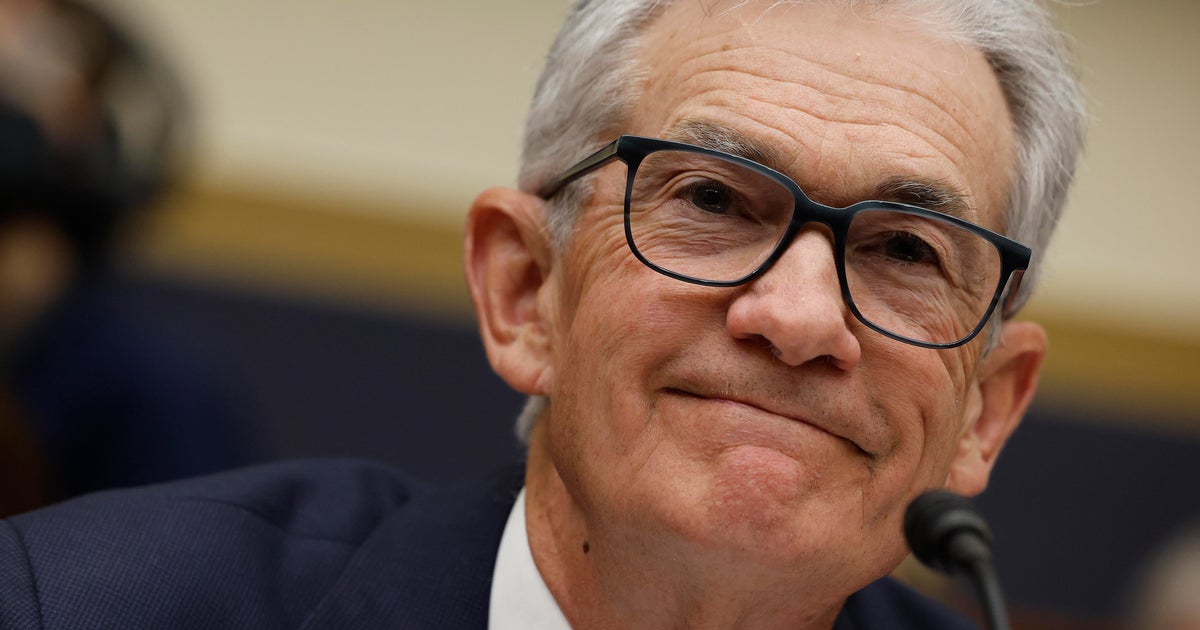U.S. economy slowed during 1st quarter of 2024, falling short of forecasts
The Federal Reserve on Wednesday afternoon will announce its third interest rate decision of 2024, but consumers aren't likely to see any near-term relief from high borrowing costs.
At year start, about 9 in 10 economists had forecast that the Fed would cut its benchmark rate at its May 1 meeting. Yet shifting economic winds and stubbornly high inflation have complicated policy makers' plans. As a result, Wall Street now expects the Fed to hold rates steady today, according to economists polled by financial data firm FactSet.
The Fed is likely to hold off on cutting rates until later in 2024, with most experts now penciling the first rate reduction for the central bank's September or November meeting, FactSet's data shows. That means consumers are likely to continue grappling with higher costs for all types of loans, from credit cards to mortgages, even as the costs of goods and services remains elevated.
"The Fed has said time and time again that inflation would be really difficult to tame, and they are more than willing to keep rates high until inflation becomes more manageable," Jacob Channel, senior economist at LendingTree, told CBS MoneyWatch. "I understand why people are concerned, and perhaps a little upset, that the Fed isn't champing at the bit to cut rates."
But, he added, if the Fed cut rates prematurely and inflation ticked up even higher, that could make the economic situation worse for many consumers and businesses.
When is the Fed meeting this week?
The Federal Reserve's Open Market Committee will announce its rate decision on Wednesday at 2 p.m. Eastern time. Fed Chair Jerome Powell will speak at a press conference at 2:30 p.m. to outline the central bank's economic outlook and answer questions about its decision.
When will the Fed cut interest rates?
It's not likely to happen today, with almost 97% of economists surveyed by FactSet predicting that the Fed will stick to the current benchmark rate of 5.25% to 5.5%. Indeed, despite the Fed earlier this year penciling in three rate cuts in 2024, Wall Street investors now forecast just a single cut.
At the heart of the issue is stubborn inflation, which has ticked upwards this year on higher costs for housing and gasoline, defying the Fed's efforts to tame prices. Consumer prices in March rose 3.5% on an annual basis, up from February's increase of 3.2% and January's bump of 3.1% on a year-over-year basis.
About half of economists are forecasting a cut at the Fed's September 18 meeting, while a majority are penciling in a cut at its November 7 meeting. It's likely those cuts could amount to one-quarter of a percentage point each, rather than a juicier cut of half a percentage point, Channel noted.
"It's not surprising that investor expectations for future rate cuts have drastically decreased," said Stephen J. Rich, CEO of Mutual of America Capital Management, in an email. "At this point, we see the potential of two cuts amounting to a half of a percentage point this year."
How will the Fed's decision impact your money?
Brace for continued high borrowing costs, Channel said.
"In light of the meeting, we're probably going to have to get used to the average rate on a 30-year mortgage being above 7% again," he said. "Those 7% rates that people dread are probably going to stick around."
Credit card rates, which have reached record highs, aren't going to come down either, he noted.
"Borrowing money will remain relatively expensive for quite some time," Channel added. "We aren't going to wake up come August and rates will be back to zero."
If there's a silver lining to this, it's for savers, who now can find higher-interest savings accounts with yields above 5%, according to Ken Tumin, banking expert at DepositAccounts.com. Other savings vehicles like certificates of deposit can also offer juicy rates.
- In:
- Federal Reserve
Aimee Picchi is the associate managing editor for CBS MoneyWatch, where she covers business and personal finance. She previously worked at Bloomberg News and has written for national news outlets including USA Today and Consumer Reports.
